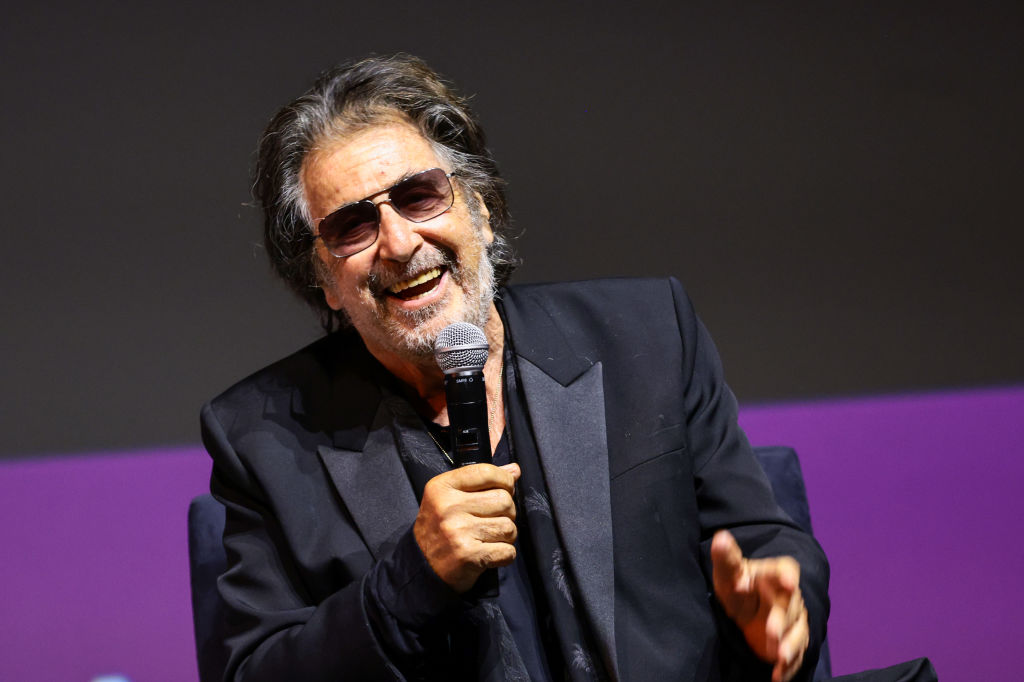Caitlin Berry Named Inaugural Director of Johns Hopkins’s New Frary Gallery in D.C.
Caitlin Berry has been named the inaugural director of the Irene and Richard Frary Gallery, a new university art gallery that is part of the Johns Hopkins University Bloomberg Center in Washington, D.C. She began in her role in August.
Berry was most recently the inaugural director of the Rubell Museum DC, a branch of the Miami-based private museum of the Rubell family, who have appeared on the ARTnews Top 200 Collectors list since 1993. Prior to that, she was director of the Cody Gallery at Marymount University in Arlington, Virginia. She also ran an independent advisory and has worked at the D.C. gallery Hemphill Artworks.
“Having been in Washington for about 12 years now, it’s hard to think about curatorial practice without thinking about democracy and how the arts so important in that conversation—now and historically,” Berry told ARTnews in a phone interview. “To be able to build a unique platform, alongside colleagues who are the best in their field, and to bring this to D.C. has been such an incredible opportunity.”
Located in a 435,000-square-foot building at 555 Pennsylvania Avenue, across the street from the National Gallery of Art, the university’s Bloomberg Center opened last year with “the idea to create this intersection for culture and democracyr,” Berry said, noting that the building includes installations by Sam Gilliam, Elias Sime, Shahzia Sikander, and Sandra Cinto.
The off-site center houses courses from all of Johns Hopkins’s schools, but primarily ones focused on the School of Advanced International Studies, the Carey Business School, and the Krieger School of Arts & Sciences. The Frary Gallery will occupy a 1,000-square-foot space in the building, which has been designed by the Rockwell Group.
The university also recently launched an initiative focused on the arts, which includes the launch of the Frary Gallery. The overall initiative is led by art historian Daniel H. Weiss, who was most recently the CEO of Metropolitan Museum of Art in New York (now president emeritus) and previously taught at Johns Hopkins, serving as dean of the Krieger School from 2002 to 2005.
Berry said the vision for the Frary Gallery is to create “this new platform to have conversations and create dialogue around art and democracy in a new way here in D.C.” and for it to “become a hub for conversation around the important challenges and conversations of our time.”
In a statement, Hopkins Bloomberg Center executive director Cybele Bjorklund said, “Caitlin brings creativity, passion, and a deep knowledge of the D.C. arts community that we know will help establish the Irene and Richard Frary Gallery and the Hopkins Bloomberg Center as an essential arts and culture destination for everyone on Pennsylvania Avenue.”
The gallery’s first exhibition, “Art and Graphic Design of the European Avant-Garde,” will open on October 23; it draws primarily from the Frarys’ collection and is curated by Philipp Penka. Among the artists included in the 75-work show, which spans movements like Surrealism and Dada to Futurism and Suprematism, are El Lissitzky, Kazimir Malevich, Liubov Popova, Aleksandr Rodchenko, Lajos Kassák, Karel Teige, and Victor Brauner. The exhibition was designed by Dan Kershaw, a senior exhibition designer at the Met.
The forthcoming exhibition, Berry said, orients these movements “across geographic boundaries, and it paints this more complex picture of artistic movements that were previously defined by nationality. In a world that’s increasingly global, and where the conversations that we’re having are so interconnected, it’s a timely exhibition.”
Berry said that while the exhibition schedule beyond the inaugural show is still being finalized. Future shows will cast their focus global as well as local, with a special focus on bringing together the art scenes of D.C. and Baltimore. “I think in many ways this institution—the Bloomberg Center and the Frary Gallery within it—will serve as a bridge between the two cities to have these conversations around visual arts and democracy.”
She added, “The sky’s really the limit for the space.”



